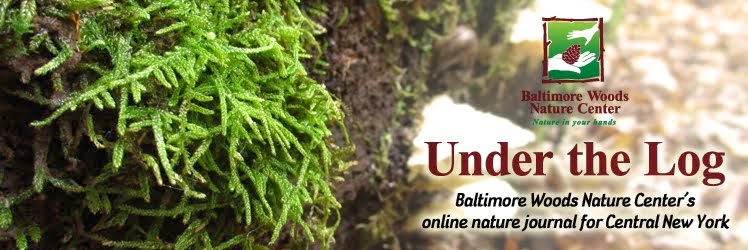Different animals use many different methods to survive the cold
winter months. Some migrate to warmer areas, some grow thick warm fur and
continue to hunt or forage, and others fall into a deep sleep that we call
hibernation. These animals are able to stay in bed all winter and wait for
warmer weather. Jealous?
Some of us would like to stay curled up in our warm beds and
sleep away the winter, but hibernation is very different from sleep. True
hibernation involves a severe plunge in heart rate and body temperature. A
hibernating animal’s heart rate can drop to only a few beats per minute! That’s
less than the number of times your heart beats in 10 seconds. Their body
temperature can also drop below 40°F, which is only 8 degrees above freezing!
Humans get hypothermia and risk death if our body temperature drops below 95°F,
how pathetic!
Hibernating animals do not awaken easily. The mouse in the
Youtube video below is very much alive, it’s just in hibernation. This mouse
was accidentally dug up, but we should be careful not to disturb hibernating
animals. They work hard in the fall to store fat for their long winter
slumber and it is crucial that this food supply lasts until the Spring. When an
animal awakens from hibernation its metabolic rate increases and it uses its
fat supply much more quickly. This is why hibernators only awaken every one to
two weeks to drink, maybe eat, urinate, and defecate. You try holding it for
two weeks! On second thought, don’t try that.
Who are these amazing animals? The true hibernators in our area
include the groundhog, some species of bats, and jumping mice. Other animals,
like skunks, raccoons, and opossums sleep during the winter, but they are not
true hibernators. Groundhogs hibernate in underground burrows and they even
create separate chambers that they use as bathrooms! Jumping mice plug their
burrows with dirt and nest curled up in a bed of dried plants. Hibernating bats
overwinter in caves and mines hanging side by side, huddled for warmth.
We don’t have any bears at Baltimore Woods, but who can write
about hibernation without mentioning the biggest and most notorious hibernator
of all? Many scientists consider bears to be super hibernators! They can go months at a time without needing to eat, drink, or go to the bathroom. While bears do experience a deep sleep during the winter, there are still other scientists that say bears do not truly hibernate. This is because although a bear’s heart rate does decrease
significantly during its deep sleep, its body temperature does not decrease as much as other hibernators. Black bears don’t usually live in caves either - that’s
right, your childhood was a lie. By maintaining a high body temperature, bears are able to awaken
easily if disturbed. Whether or not
they are true hibernators depends on your definition of hibernation. Either
way, they have an incredible way of surviving the winter.
Blog post by Emily Van Ness




